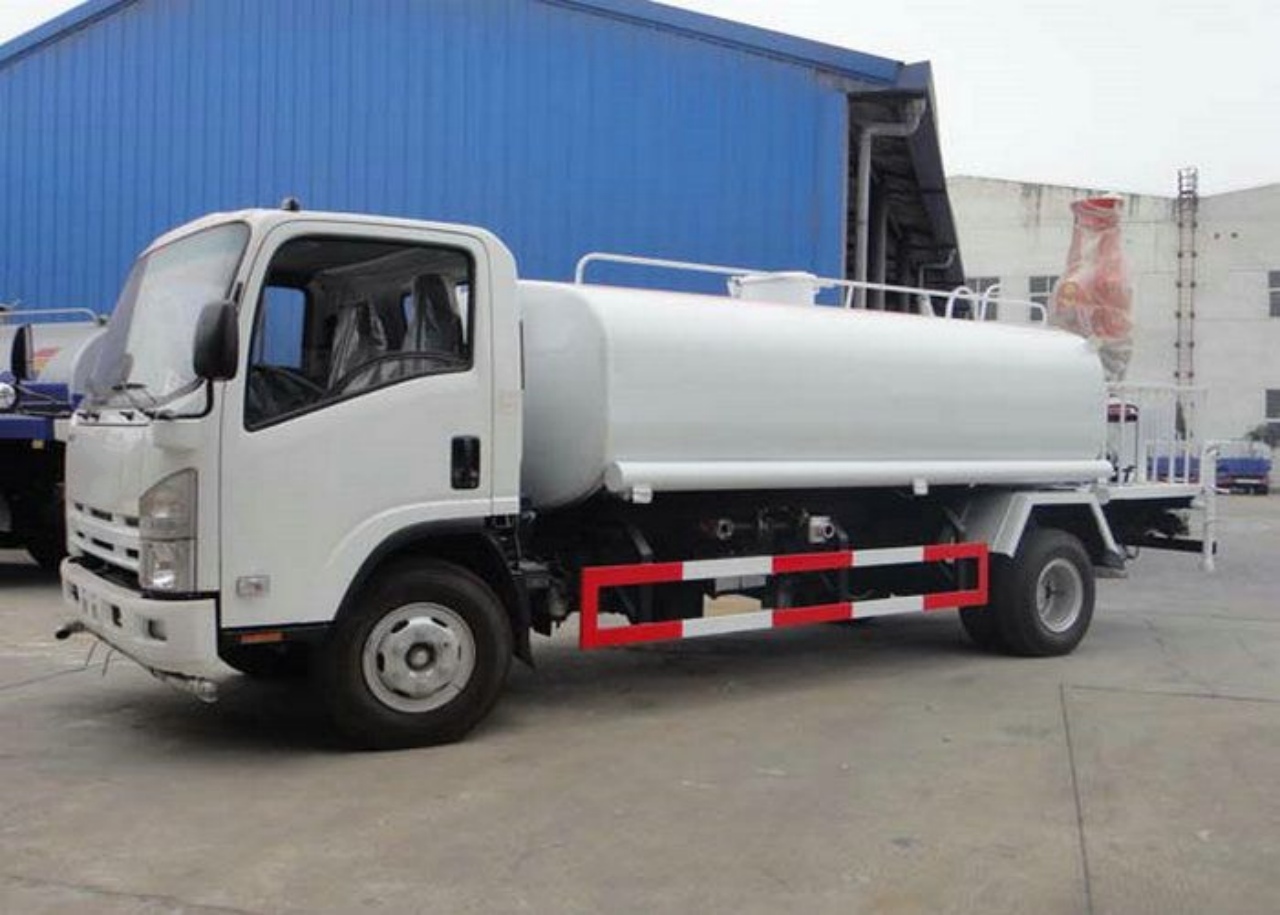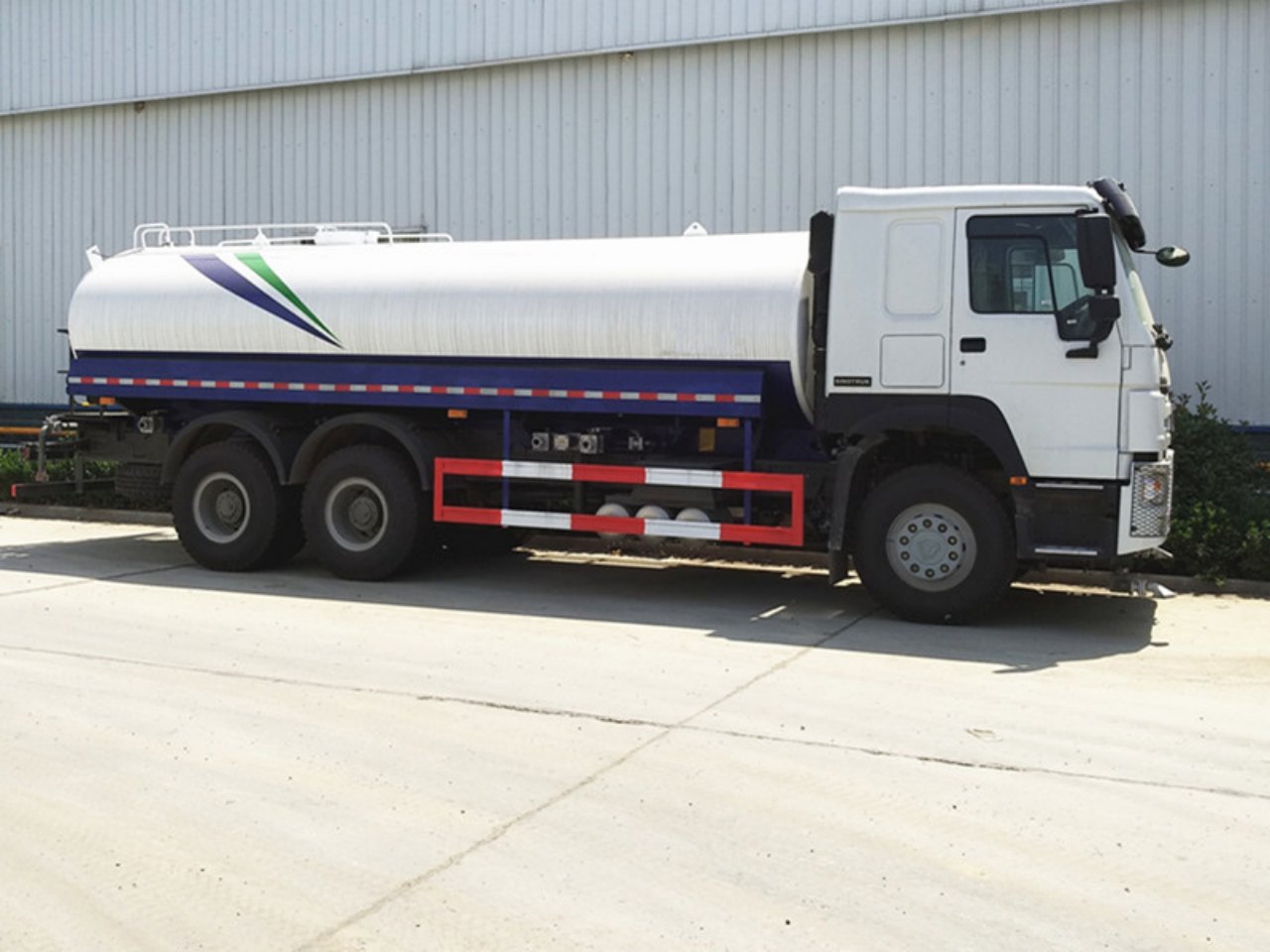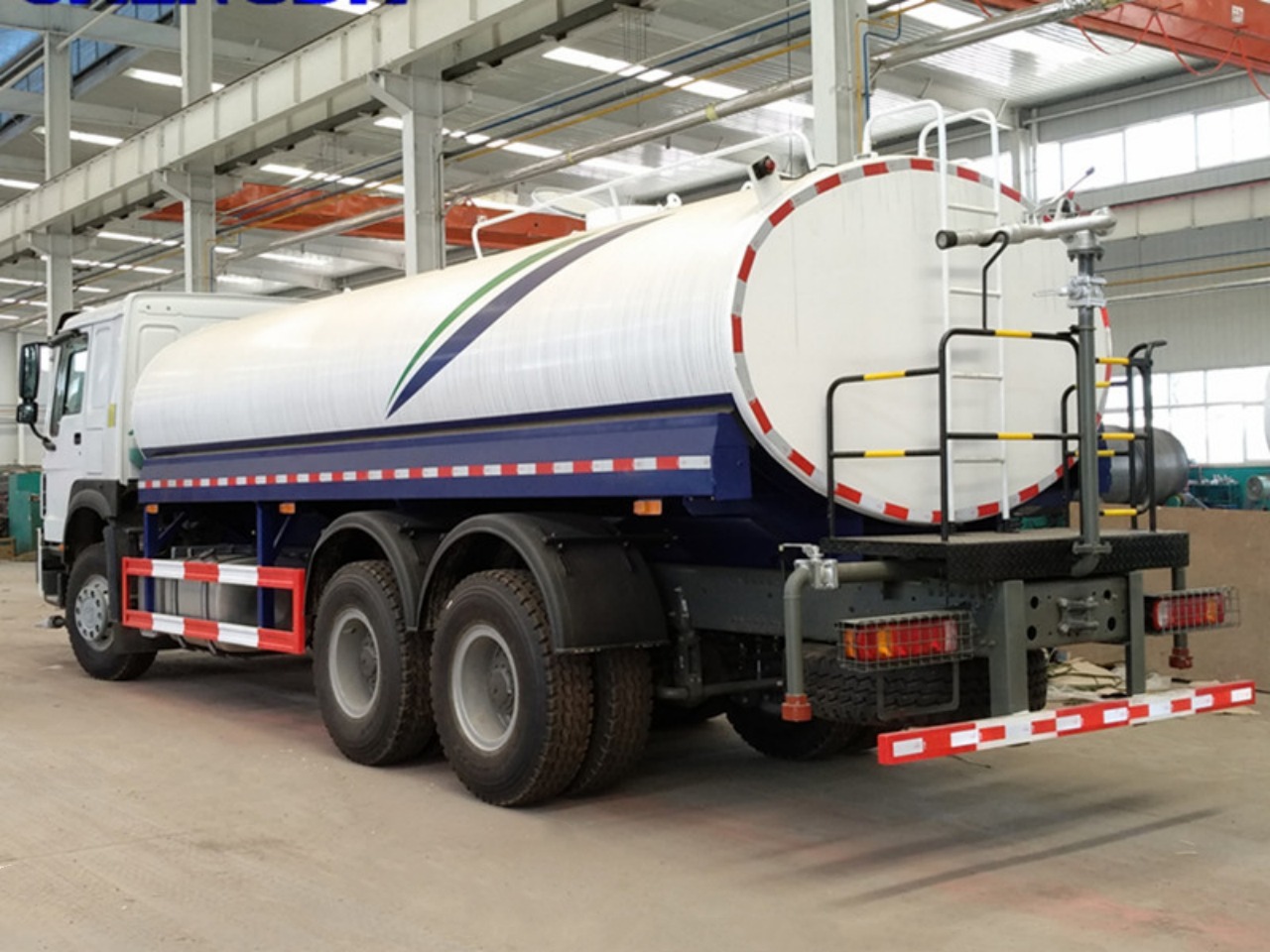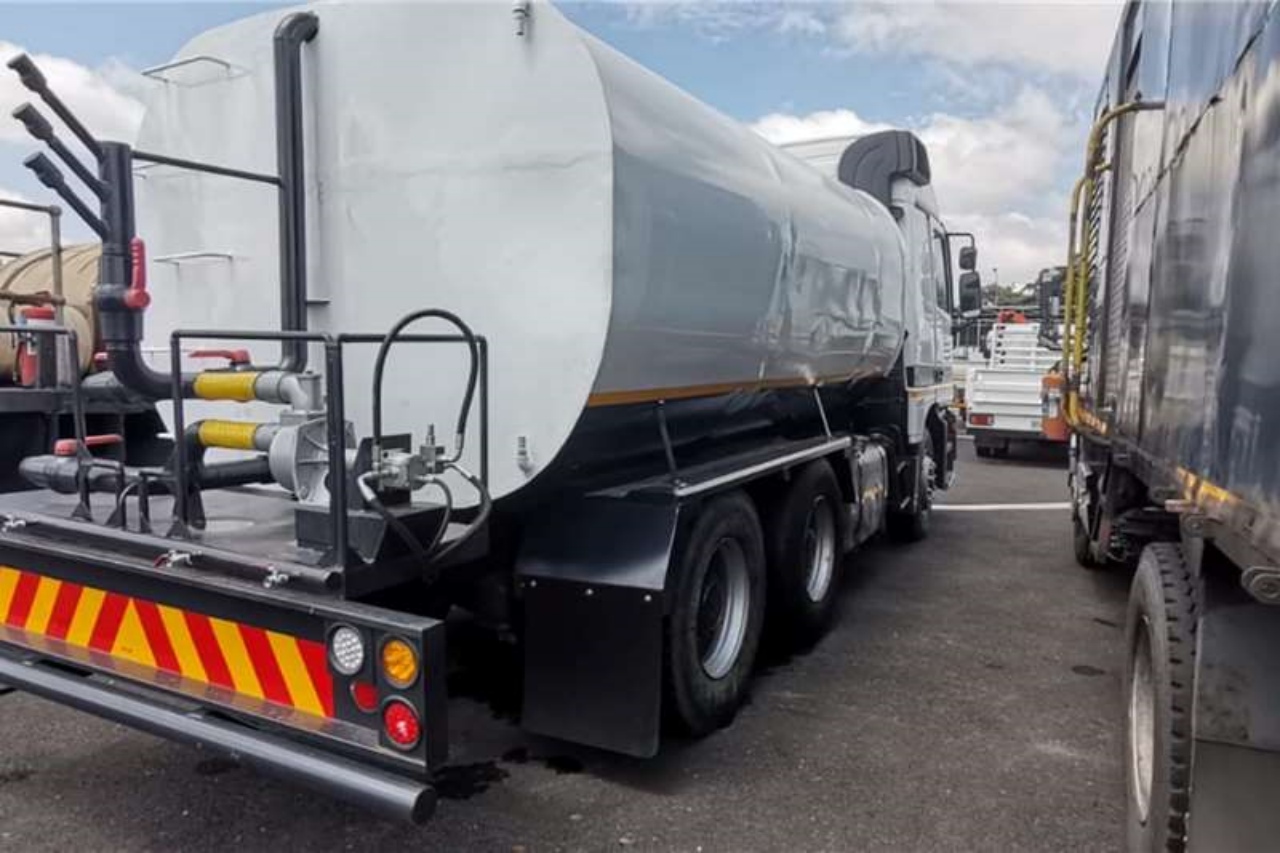In many industries and communities across the globe, the availability and distribution of water are crucial to daily operations, health, and productivity. One specialized vehicle that plays an essential role in water transport and supply is the water bowser. But what exactly is a water bowser, and what functions does it serve? This article explores the design, uses, and benefits of water bowsers across different sectors.
Understanding the Water Bowser
A water bowser is a mobile water tank, often mounted on a trailer or truck chassis, designed to transport and dispense water. The tank is usually made from materials such as polyethylene, stainless steel, or galvanized steel to prevent corrosion and contamination. Depending on its application, a water bowser can range in capacity from a few hundred liters to tens of thousands of liters.
Water bowsers are equipped with features like pumps, hoses, nozzles, and sometimes spray bars or sprinklers to facilitate different methods of water discharge. Their mobility and versatility make them valuable in both rural and urban settings, particularly in areas where piped water infrastructure is inadequate or absent.

Key Functions of a Water Bowser
Water bowsers serve a wide array of purposes across various sectors. Below are the primary functions and applications:
1. Potable Water Supply
One of the most critical functions of a water bowser is the transportation and delivery of clean drinking water. In emergencies such as natural disasters or water supply interruptions, water bowsers become a lifeline, delivering potable water to communities, refugee camps, and disaster-stricken areas.
Humanitarian agencies and local governments often use water bowsers to ensure that populations have access to safe drinking water. These bowsers are typically sanitized and inspected to comply with public health regulations.
2. Construction and Civil Engineering
In the construction industry, water is used for a variety of tasks, including dust suppression, soil compaction, concrete mixing, and cleaning. Water bowsers are deployed on construction sites to provide a reliable water source where permanent connections are not available.
- Dust suppression: As vehicles and machinery move around construction or mining sites, dust can become a major health hazard. Water bowsers equipped with spray bars help reduce airborne dust, improving air quality and visibility.
- Soil compaction: During road building or foundation preparation, water is often applied to the soil to achieve the desired moisture content for effective compaction.
- Concrete production: On remote sites, bowsers provide the water needed for concrete batching and curing processes.
3. Agricultural Use
In agriculture, water bowsers play an important role in supporting irrigation, livestock watering, and chemical application.
- Irrigation: For farms without permanent irrigation systems, water bowsers can be used to water crops, especially during dry seasons.
- Livestock watering: Mobile bowsers are used to transport water to grazing areas or temporary animal enclosures.
- Spraying: Some agricultural water bowsers are adapted for use as sprayers, delivering fertilizers, pesticides, or herbicides to fields.
4. Municipal and Environmental Services
Water bowsers are also used by municipal authorities for a variety of public services:
- Street cleaning: Municipalities use bowsers fitted with spray bars to clean roads and pavements, removing dust, mud, and debris.
- Parks and landscaping: Public gardens and parks often rely on bowsers for watering plants, especially during droughts or when irrigation systems are under maintenance.
- Event support: During public gatherings, concerts, or festivals, water bowsers can be stationed to provide water for sanitation and hydration.
5. Firefighting Support
In areas lacking hydrants or piped water, water bowsers are used to support firefighting efforts. While they are not primary firefighting vehicles, they serve as mobile water sources for fire engines and can be especially useful in rural or forested areas where water access is limited.
Some fire departments use water bowsers as part of a rapid response unit to replenish tanks or support controlled burns.
6. Industrial Applications
In the industrial sector, water bowsers are used for processes such as equipment cleaning, cooling, and material processing. Industries with high water consumption may use bowsers to transport water from centralized sources to various operational areas.
7. Military and Emergency Services
Military operations often take place in remote or undeveloped areas where water infrastructure is lacking. Water bowsers are essential in supplying troops with potable water and supporting hygiene and cooking requirements.
Similarly, emergency response teams use water bowsers during crises to provide water for medical treatment, sanitation, and basic needs.

Types of Water Bowsers
Water bowsers can be categorized based on their design and function:
- Static bowsers: These are stationary tanks placed at a location and used as temporary water storage units. They are filled by another water source and can be accessed via taps or hoses.
- Towable bowsers: Mounted on a trailer, these bowsers can be towed by vehicles and are commonly used in agriculture and light industry.
- Truck-mounted bowsers: These are larger units fitted directly onto truck chassis and are ideal for heavy-duty applications such as construction, firefighting, or municipal cleaning.
Benefits of Using a Water Bowser
The use of water bowsers offers numerous advantages:
- Mobility: Water bowsers can reach remote or off-grid locations where water access is limited.
- Flexibility: They can be adapted for various tasks with the addition of pumps, hoses, and spray systems.
- Efficiency: Time and effort are saved by delivering large volumes of water in one trip.
- Emergency preparedness: Bowsers serve as a reliable contingency during water outages or disasters.
- Environmental control: In construction and mining, they help reduce dust pollution and support regulatory compliance.

Conclusion
A water bowser is much more than a simple water tank on wheels. Its ability to deliver, distribute, and dispense water in diverse environments makes it a vital tool in sectors ranging from construction and agriculture to emergency services and public works. As global demand for water management solutions continues to grow, especially in the face of climate change and urban expansion, the importance of water bowsers is likely to increase.
Whether used to combat dust on a building site, hydrate livestock in arid regions, or deliver safe drinking water during a crisis, water bowsers perform functions that are critical to health, productivity, and sustainability.


